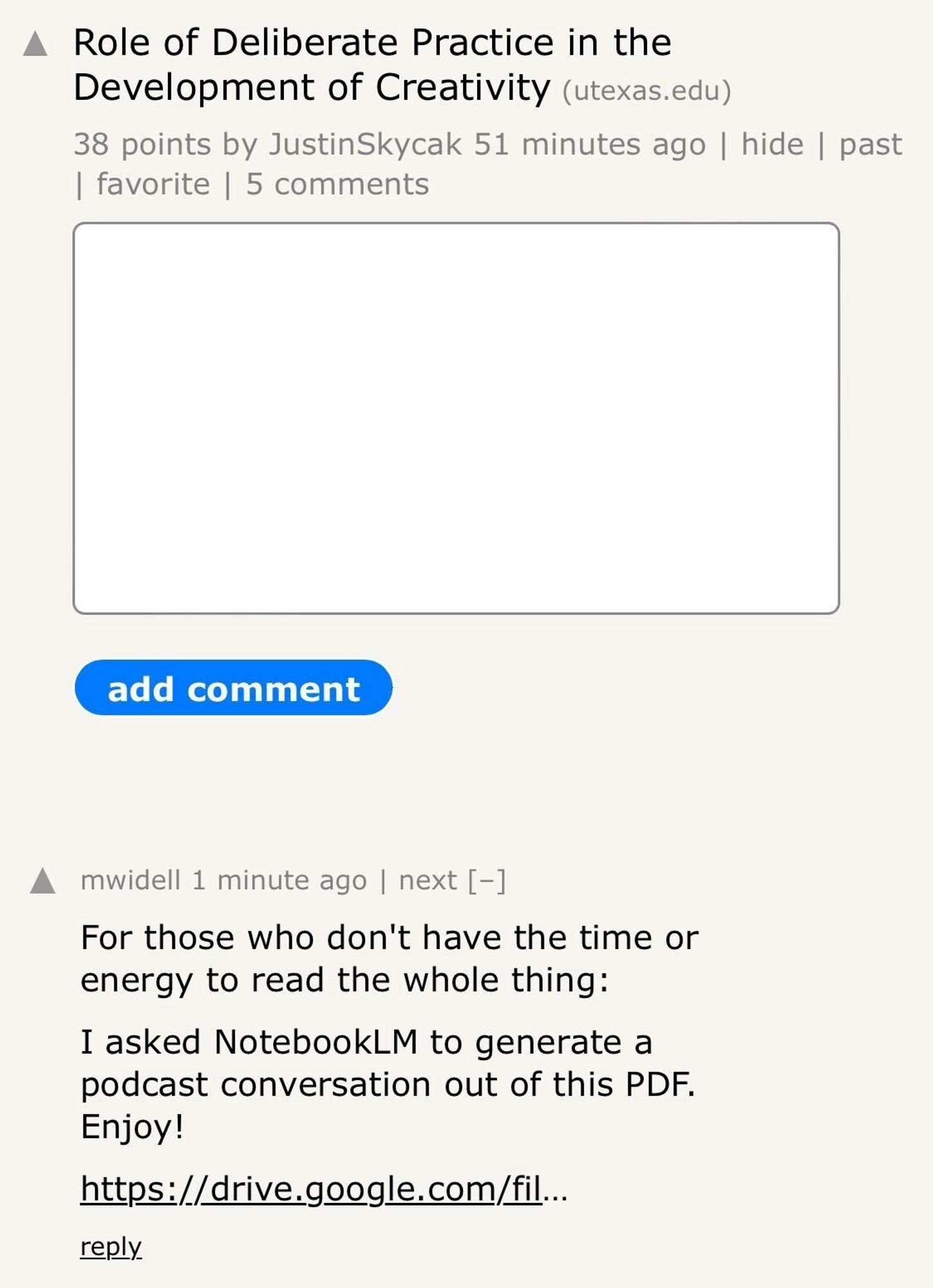
My ISP put locks over the coaxial cables they installed, and it turns out that you don’t need to ask them nor buy any tools if you want to move shit. Snap a wooden coffee stirring stick, insert both halves to create pressure between the crimp sleeve and the connector, then screw out to unlock

I wrote a quick script at work that synchronizes PagerDuty schedules to Slack groups, and I later found out a bunch of people had a similar need. So here's the little script with some extra context: www.honeycomb.io/blog/syncing...

In this blog, Fred Hebert shares a fix he came up with to sync PagerDuty schedules to Slack groups in just a couple hundred lines of code.
It does. I found it to be easier to develop and teach than it was for data generation-intensive patterns, and that ended up being the main approach I pushed in my PBT book (and following talks) for anything becoming close to stateful. Collections of simple models over a single complex one too.
I wanted to dig into the concepts of Work-as-Done and Work-as-Imagined, so I went over some recent documents around safety and resilience engineering, and then more historical sources from French ergonomics, and put together a sort of overview of the roots of the concept: ferd.ca/notes/the-ro...
Reading "Disastrous Decisions" and saw a neat reference to an (accidental?) social breaching experiment showing how production imperatives can implicitly prevent safety. With priorities strongly aligned, calling for a stoppage about a conflicting value likely demands a lot of courage from workers.
![I was once asked by a mining company CEO to take safety culture soundings [...]. I was told I could stop mining in order to talk to workers if I wanted to. So, at one mine, I asked that the whole operation be stopped in order to talk to miners at the face. [...] On arrival back at the surface, I was greeted by the mine manager who [...] went on to tell me quite aggressively that the stoppage I had requested had cost $20,000 worth of production. I was shocked. If he was willing to speak in this way to me, a representative of the CEO, it would be a very brave miner who tried to stop production for safety reasons. I am reminded of the work of the sociologist, Harold Garfinkle (1967). He suggested that the be He suggested that the best way to understand the rules that are implicitly operating in a social order is experimentally to disrupt them. The manager's reaction to my disruption of his social order demonstrated the power of the production imperative operating at his mine.](https://cdn.bsky.app/img/feed_fullsize/plain/did:plc:uvdyep6dqes5eqb3ge5caa4n/bafkreiejrqsqdo3e7iizkt3566gg6fu7p2mzcizj3b3pnxl54xbjpbppem@jpeg)


